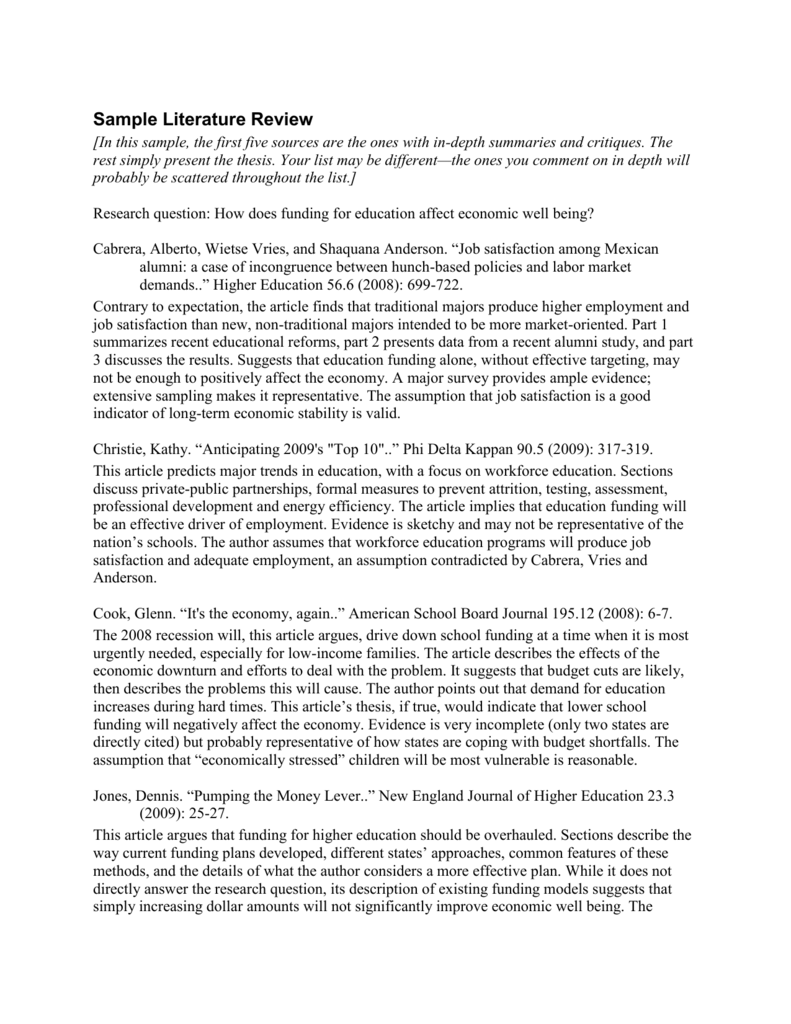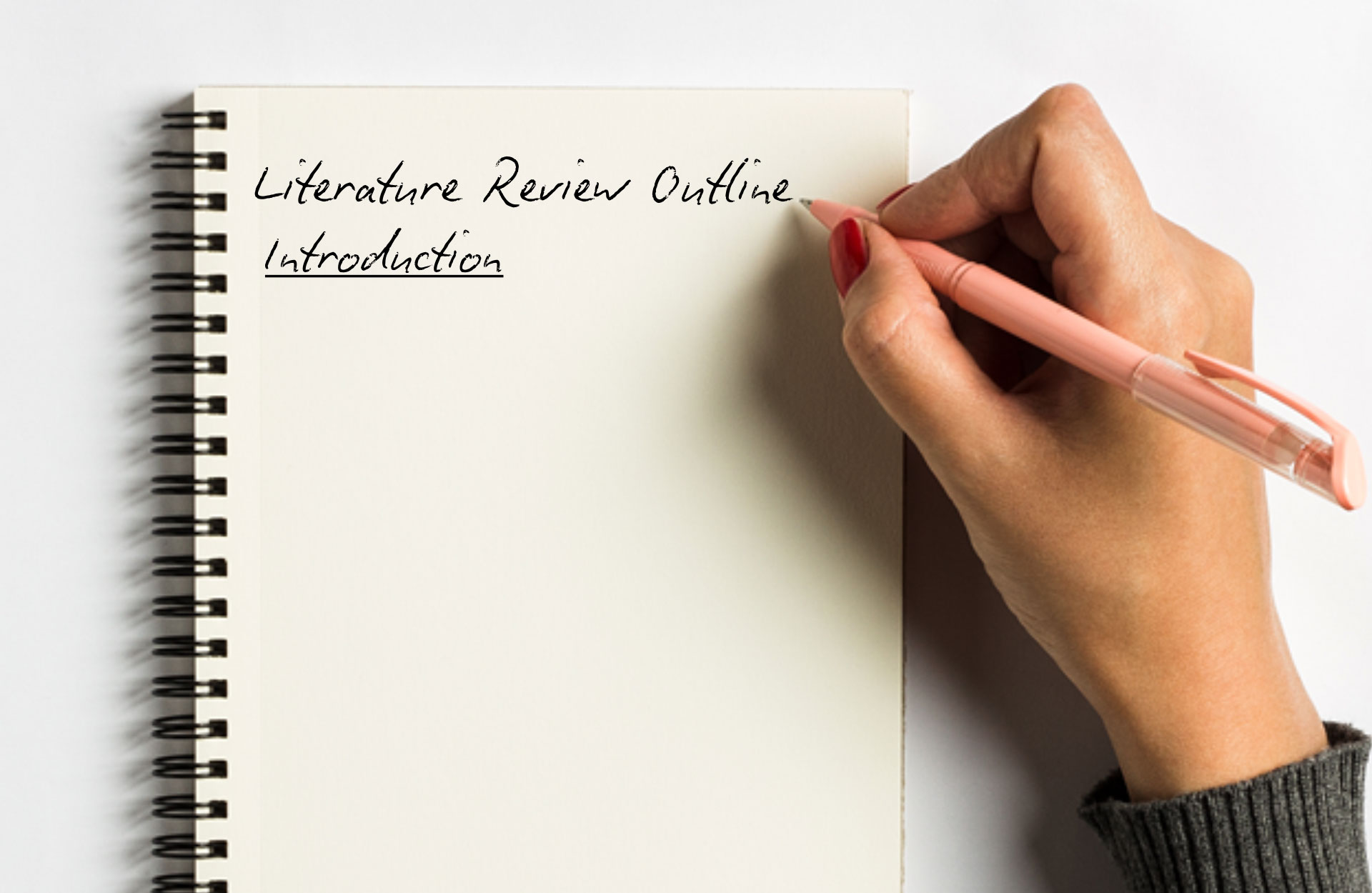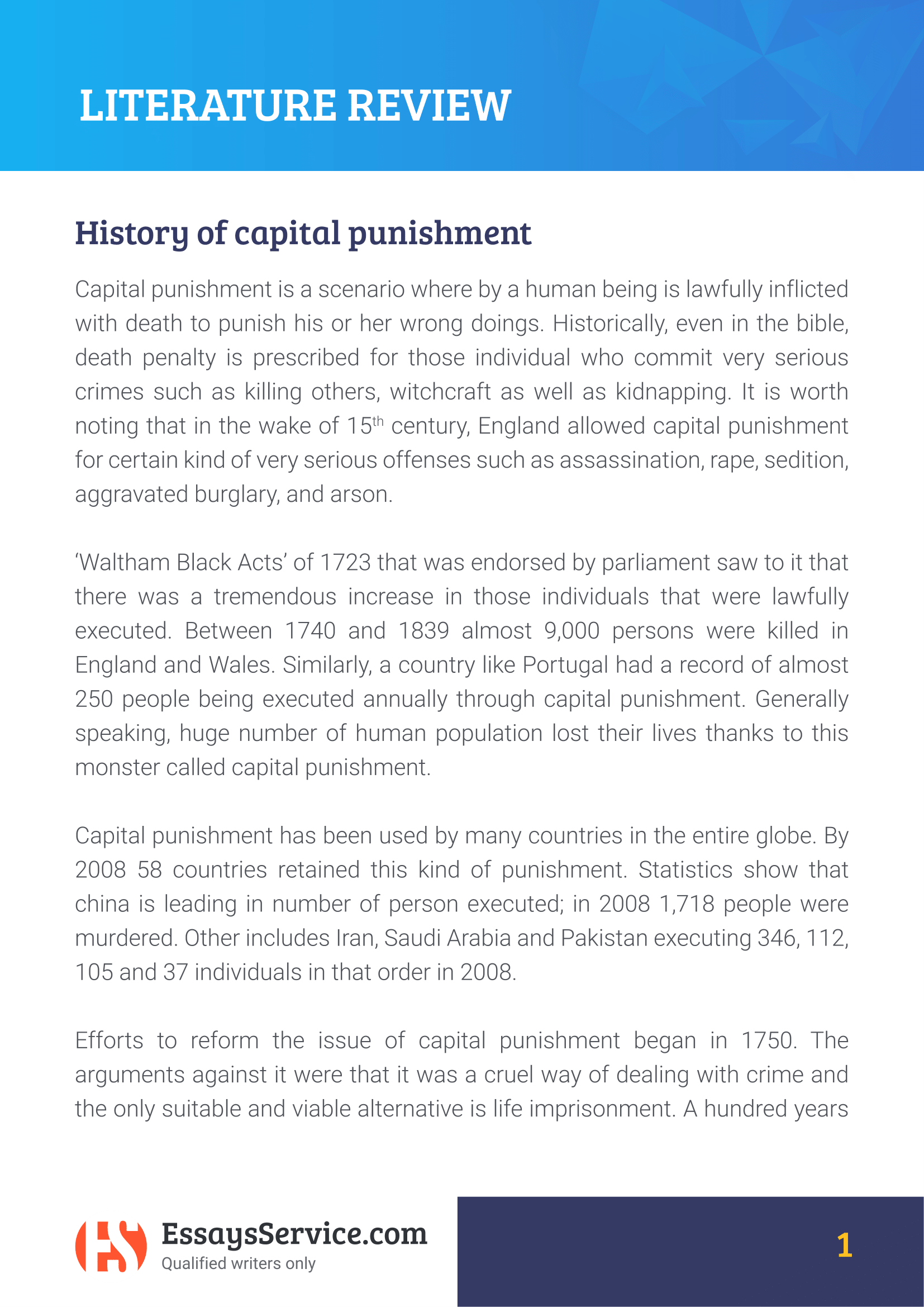Are you interested in finding 'literature review that'? Here you can find the answers.
Definition. A literature brushup is a countrywide summary of late research on A topic. The lit review surveys scholarly articles, books, and other sources to the point to a careful area of research. The review should enumerate, describe, resume, objectively evaluate and clarify this former research.Author: Michael CofftaPublish Year: 2010
Table of contents
- Literature review that in 2021
- Purdue owl literature review
- Literature review sample pdf
- Literature review thesis
- What is literature review in research
- Literature review format
- Types of literature review
- Example of review of related literature
Literature review that in 2021
 This picture illustrates literature review that.
This picture illustrates literature review that.
Purdue owl literature review
 This image representes Purdue owl literature review.
This image representes Purdue owl literature review.
Literature review sample pdf
 This image illustrates Literature review sample pdf.
This image illustrates Literature review sample pdf.
Literature review thesis
 This picture shows Literature review thesis.
This picture shows Literature review thesis.
What is literature review in research
 This image representes What is literature review in research.
This image representes What is literature review in research.
Literature review format
 This image shows Literature review format.
This image shows Literature review format.
Types of literature review
 This picture demonstrates Types of literature review.
This picture demonstrates Types of literature review.
Example of review of related literature
 This image demonstrates Example of review of related literature.
This image demonstrates Example of review of related literature.
Can a literature review be an end in itself?
A literature can be an end in itself (an analysis of what is known about a topic) or a prologue to and rationale for engaging in primary research. The following are guidelines on how to write a literature review:
What is a literature review at Bloomsburg University?
- Literature Review - LibGuides at Bloomsburg University of Pennsylvania Library A literature review is a comprehensive summary of previous research on a topic. The literature review surveys scholarly articles, books, and other sources relevant to a particular area of research.
Do you have to do a literature review when writing a thesis?
If you write a thesis or dissertation, you will have to conduct a literature review to situate your research within existing knowledge. You might include it in the introduction or theoretical framework, or it might be a separate chapter that comes before the methodology and results sections.
What is the meaning of literature review in research?
A literature review is a survey of scholarly sources on a specific topic. It provides an overview of current knowledge, allowing you to identify relevant theories, methods, and gaps in the existing research.
Last Update: Oct 2021